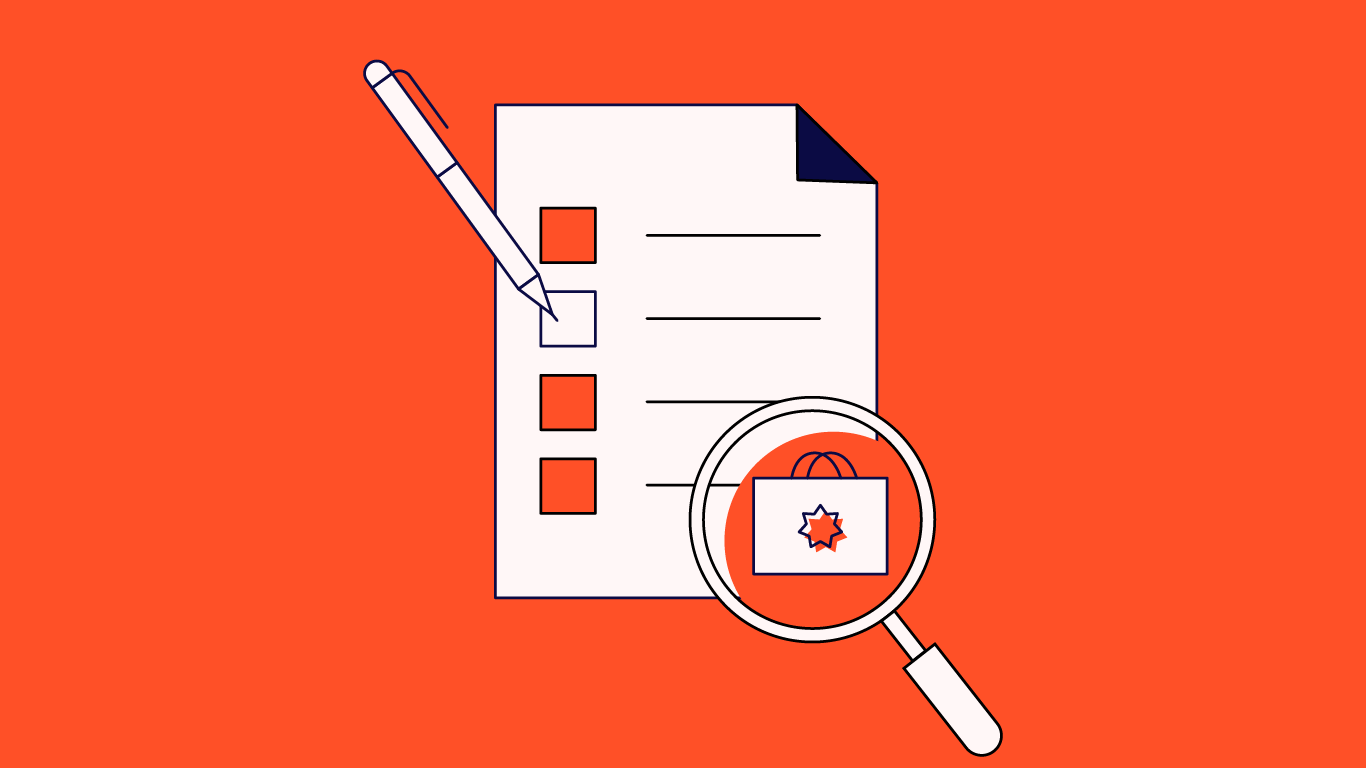eCommerce Product Attributes: What You Need to Start Selling Online
A set of characteristics that define a particular product or group of goods is known as eCommerce Product Attributes. It includes size, color, package type, etc. Product Attributes are the real characteristics of the products although, features are the bundle of various attributes that are difficult to understand.
Both Product Attributes and Product Features help in describing the real view of the products to your customers. Product attributes stays in the product whereas, benefits reside in the customer. It helps in analyzing and identifying the growth opportunities.
Wondering! What You Need to Start Selling Online: Product Attributes. Product attributes matters a lot in eCommerce. It directly affects the customer’s decision to purchase something. Correctly optimized product attributes will help you in building a highly competitive standpoint which makes your product;
- Easy to Search on SERP
- Improve Onsite Search Performance
- Boost SEO
Every eCommerce product attribute either have product differences or point of parity.
Types of Product Attributes.
Product Attributes are mainly classified into two major parts:
- Tangible
- Non-Tangible
Let’s discuss it one by one.
1) Tangible Attributes:
Tangible Attributes refer to those attributes that include the physical characteristics of the products. i.e., it is seen or felt by the users. Some examples of Tangible attributes are:
- Color
- Size
- Quantity
- Weight
- Height
2) In –Tangible Attributes:
In-Tangible Attributes refer to those attributes that don’t include any physical characteristics but are subject to consumer preference. Some examples of In-Tangible attributes are:
- Style
- Quality
- Strength
- Beauty
- Model
- Price
eCommerce Product Attribute Groups
It refers to the collection of similar attributes grouped for common characteristics, there are many attributes related to bikes, such as the bike’s body color, wheels, disc, and so on. These attributes can be collected together and can be put in one group ‘color’ which makes it easier for the users to access it.
Types of Attributes in Personal Information Management
PIM (Personal Information Management) refers to a system that keeps all the data of the product information and the data of the company you deal with. All the data like pictures, documents, manuals, categories, etc can be stored smoothly.
Having categories that are stored in one place helps the team in various ways during the marketing of the product. Below given points are some examples of attributes that are stored in PIM.
- Number– Numeric values such as Product Quantity Count
- Text – Short descriptions like the name of the Products
- Text Area – Long texts like Description of the Product
- File – File size values like Documentation of the Product
- Image – Image type, image size of the product, etc.
- Identifiers – These show the unique value attributes which are related to product identification
- Metrics – It helps in maintaining the records of product weight, power, height, width, capacity, etc.
- Price – It reflects the product price, special price, offer price type attributes, etc.
- Select & Multi-select –It can choose multiple options in attributes such as colors, size of the products, etc.
- Radio – Radio attributes are used to create different value attributes.
- Date –It provides the manufacturing and launching date of the product
After reading about the Types of attributes, have a look at the Properties of Attributes.
Properties of Attributes
There are various kinds of product attributes properties, which can help in the smooth management of products data
- Attribute Label – It is used to show your attribute field’s name on the products attribute page.
- Attribute Code – It is a unique code that is set for every product/project and simply acts as an identifier.
- Minimum and Maximum– It helps in defining the minimum and maximum numeric values for attributes.
- Attribute Group – It carries the Attribute Group Name.
- Default Value – A value that will remain the same for the chosen set of products or attributes.
- Status – It helps to identify the ongoing status of attributes.
- Unique – The current attribute should be unique.
- Required – This option can be useful to tell if there is a requirement in the field.
- Decimal – It helps in defining the decimal values in numeric fields.
- Maximum Character –It tells how much character length can be entered for the attributes.
- Validation Rules – These help in defining the regular expression for attribute text validation.
- Editor –It helps in defining the type of editor used in the text area fields on the product page.
- Maximum File Upload Size – It helps in setting the size limit of a file that is not yet uploaded.
- File Extension – Helps in validating the uploaded file type on the product page.
- Metric Family – Select the different scale values of attributes like weight, length, etc.
- Metric Option – It helps in selecting how the metrics should be displayed. For example weight – such as kg, gm, milligrams, or pounds.
- Options – It can add multiple optional values to select and multi-select attributes.
- Allowed Future Date –It enables the future date values in the Date attribute.
- Allowed Past Date -It helps in enabling the past date values in the Date attribute.
CONCLUSION
In the end, Product attribute refers to the set of different characteristics that tells about a particular product or a group of product.

